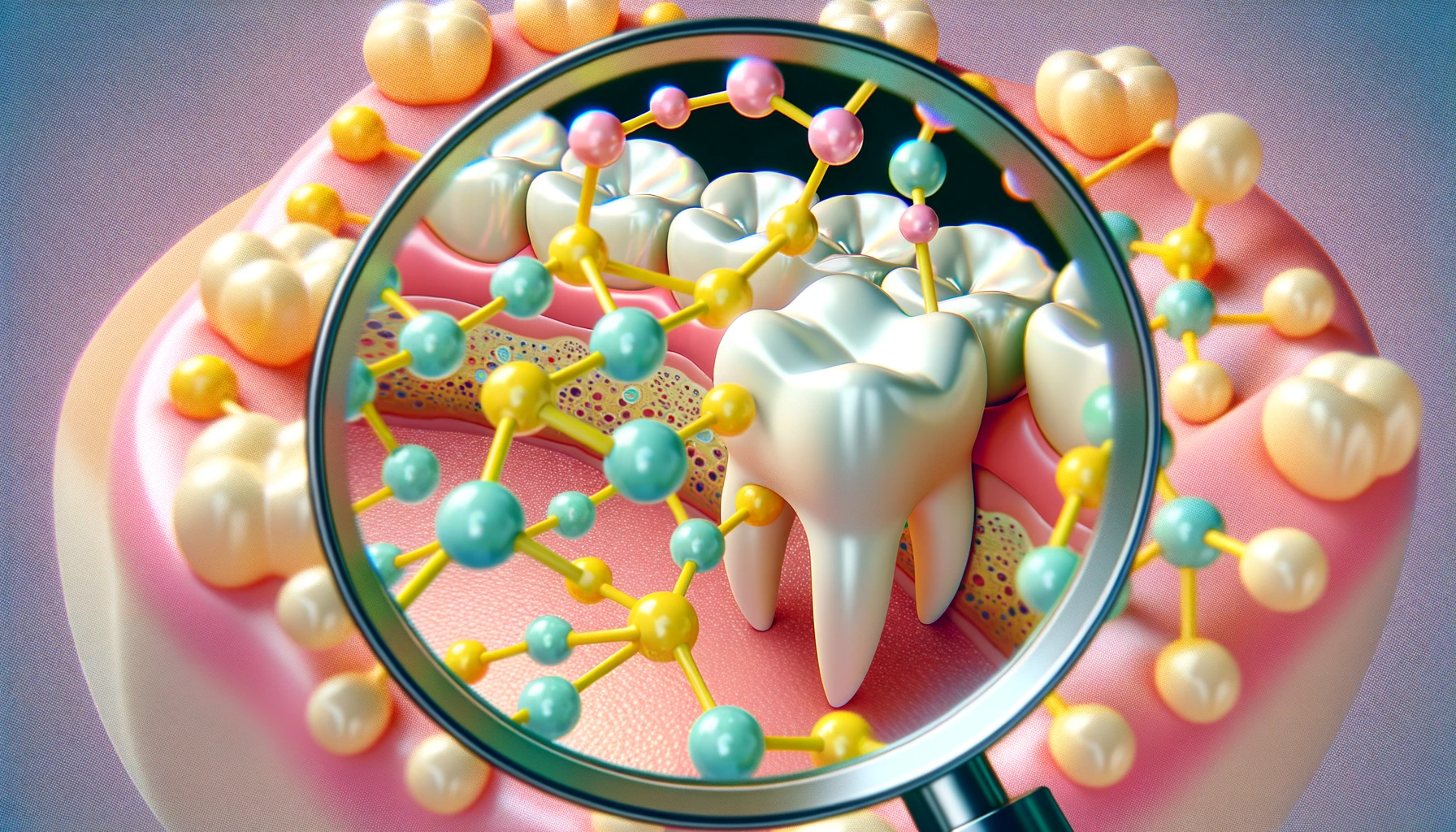In a recent study published in the journal Scientific Reports, researchers examined the impact of sodium fluoride varnishes containing phosphate and calcium on the Streptococcus mutans and Lactobacillus fermentum counts in children without caries and with caries with and without cavitated lesions and compared it to the impact of conventional sodium fluoride varnishes.

Study: Effect of fluoride varnishes on oral bacteria of preschool children with cavitated and non-cavitated carious lesions: randomized clinical trial. Image Credit: Created with the assistance of DALL·E 3
Background
Early childhood caries is highly prevalent in children worldwide, and bacterial growth in dental biofilms is the etiological basis of this multifactorial microbial disease. Furthermore, despite the substantial emphasis on dental health, millions of children suffer from caries in their primary teeth. The break in the total enamel continuity is graded for severity based on the presence or absence of cavitated lesions. Various studies have examined the role of demineralization in the formation of cavitated lesions, but there is a paucity of longitudinal studies examining how non-cavitated lesions become cavitated.
The demineralization of the tooth enamel occurs when the biofilm microorganisms interact with sugars and produce aids that reduce the pH of the tooth surface and lead to the loss of phosphate and calcium ions. Saliva exerts some protective effects because of its antimicrobial properties, mineral ion content, and ability to neutralize the pH. However, the presence of pathogenic microbes such as L. fermentum and S. mutans plays a significant role in the occurrence and development of caries, and these microbes are considered risk markers for early childhood caries.
About the study
In the present study, the researchers compared the effectiveness of sodium fluoride varnishes with phosphate and calcium against that of conventional sodium fluoride varnishes in reducing the L. fermentum and S. mutans counts in the biofilm and saliva of preschool children without caries and with caries having non-cavitated or cavitated lesions. They also used a quantitative real-time polymerase chain reaction (qRT-PCR) approach with species-specific primers to detect the pathogenic microbe quantities accurately.
Participants were recruited for the study from non-profit kindergartens in Hong Kong using a random sampling method. They included children between the ages of three and four with no prior medical conditions, long-term medication requirements, or special health needs. Those who had undergone antibiotic treatment of any kind for the past month or professional fluoride treatment anytime in the previous six months, had primary teeth enamel hypoplasia, were sensitive to any of the varnish constituents, or were uncooperative during the study were excluded.
The caries diagnoses were made by a dentist based on the International Caries Detection and Assessment System II. The children were divided into three groups — those without caries, those with caries but non-cavitated lesions, and those with cavitated carious lesions. The intervention initially consisted of eight applications of the selected varnish applied every four months for 24 months, but due to the coronavirus disease 2019 (COVID-19) pandemic-related school closures and safety concerns, it had to be reduced to three to six applications.
Saliva and supragingival biofilm samples were collected at baseline and follow-up for deoxyribonucleic acid (DNA) extraction and qRT-PCR analysis. Species-specific oligonucleotide primer pairs were used to quantify L. fermentum and S. mutans from all the samples, and samples that had cycle threshold (Ct) values below the detection level determined by the DNA standard curves were considered negative.
Results
The findings suggested that sodium fluoride varnishes containing calcium and phosphate did not significantly improve the L. fermentum and S. mutans counts found in saliva and biofilm samples compared to conventional sodium fluoride varnishes.
However, while previous studies have examined the impact of fluoride varnishes on the biofilms of children with and without caries, they have not explicitly examined the differences in microbial levels between non-cavitated and cavitated lesions. The present study examined the three groups of children separately. It used a precise qRT-PCR technique to quantify the bacterial counts, which sheds more light on the role of the microbiota in the establishment and progression of caries.
Conclusions
To summarize, the study compared the impacts of conventional sodium fluoride varnishes with those containing added phosphate and calcium in reducing the L. fermentum and S. mutans counts in saliva and biofilm samples from preschool children. The results showed that sodium fluoride varnishes with added phosphate and calcium are not significantly different from conventional sodium fluoride varnishes in reducing bacterial growth in the biofilms, and this highlights the need for more research to find effective ways to control early childhood caries.
Journal reference:
- Manchanda, S., Sardana, D., Peng, S., Edward, & Cynthia. (2023). Effect of fluoride varnishes on oral bacteria of preschool children with cavitated and non-cavitated carious lesions: randomized clinical trial. Scientific Reports, 13 (1), 18543. https://doi.org/10.1038/s41598023456369, https://www.nature.com/articles/s41598-023-45636-9